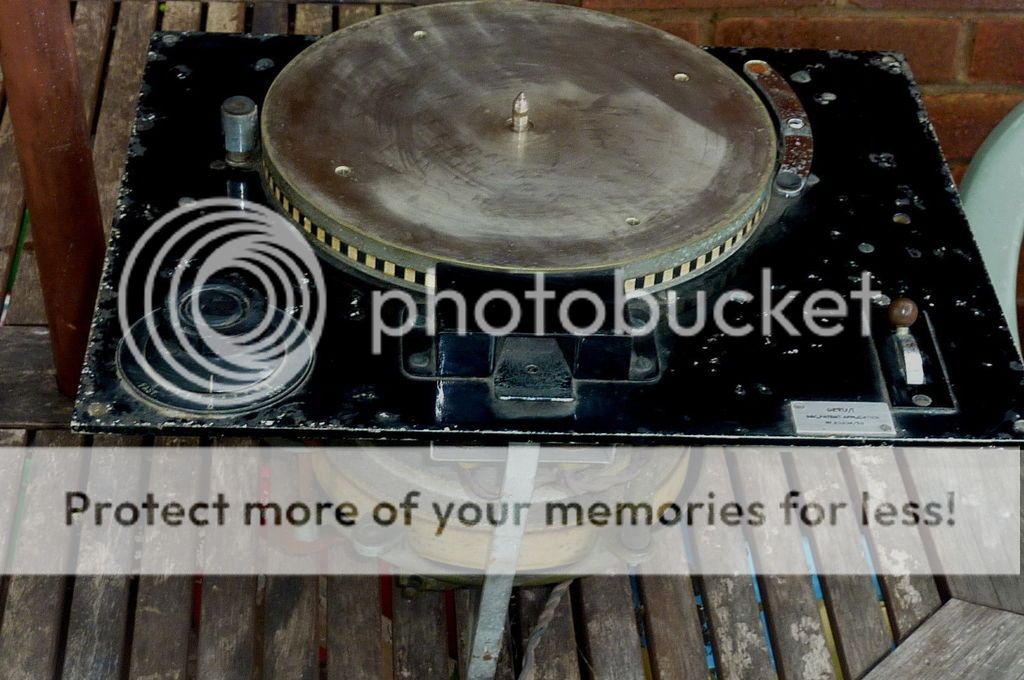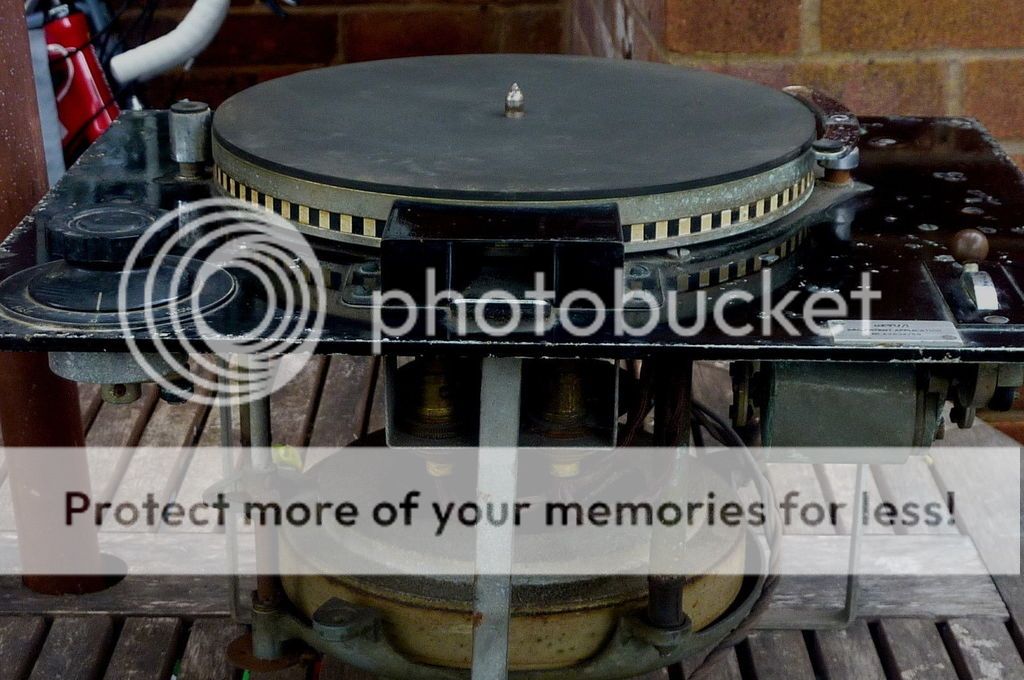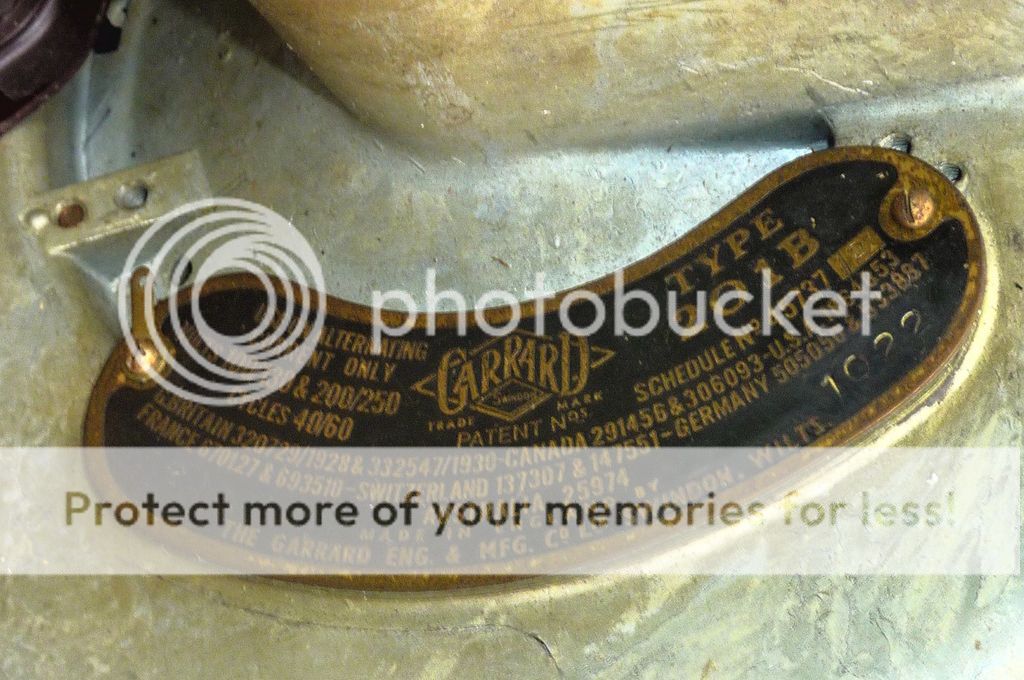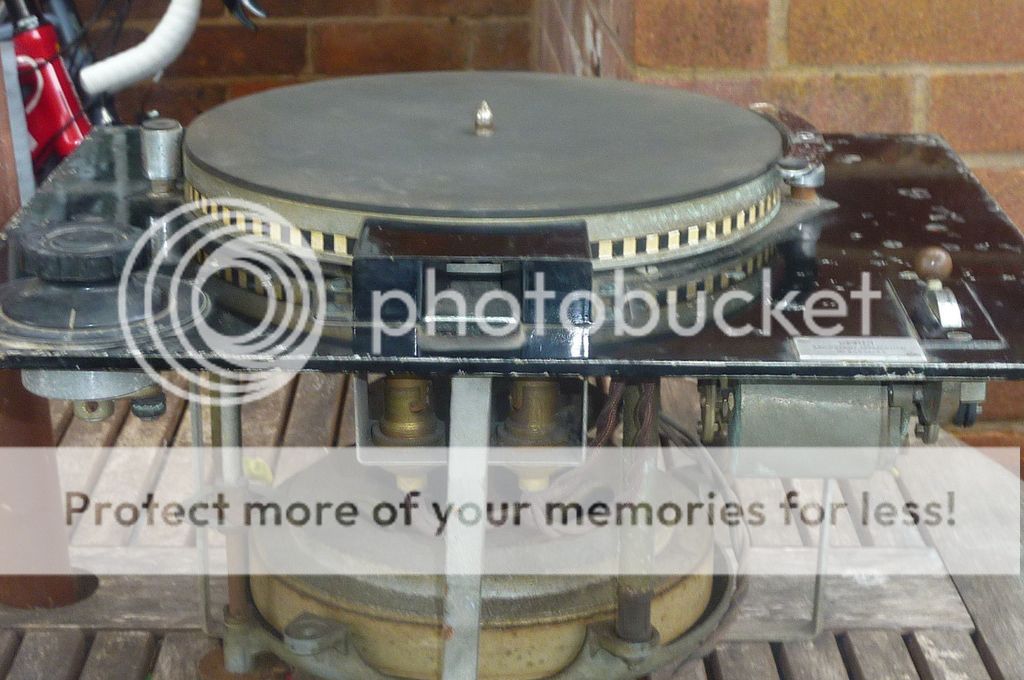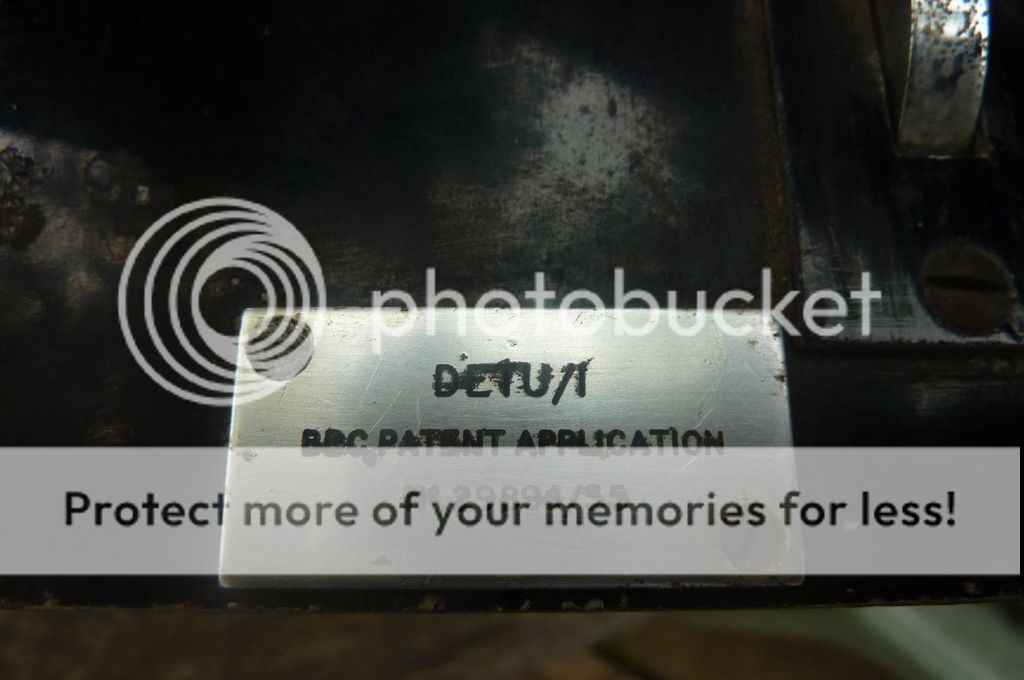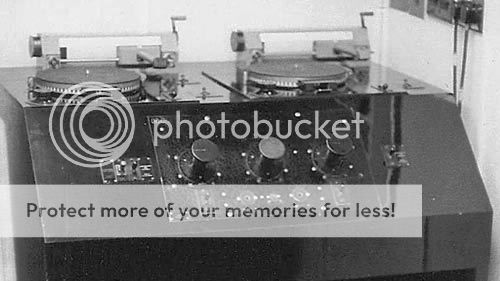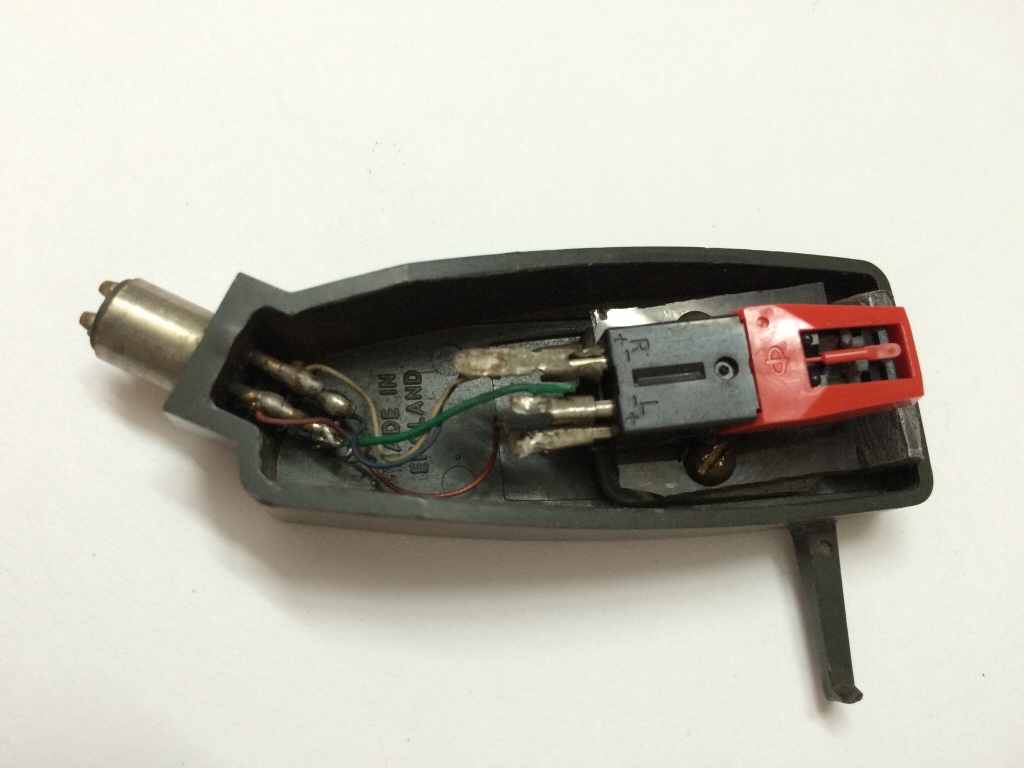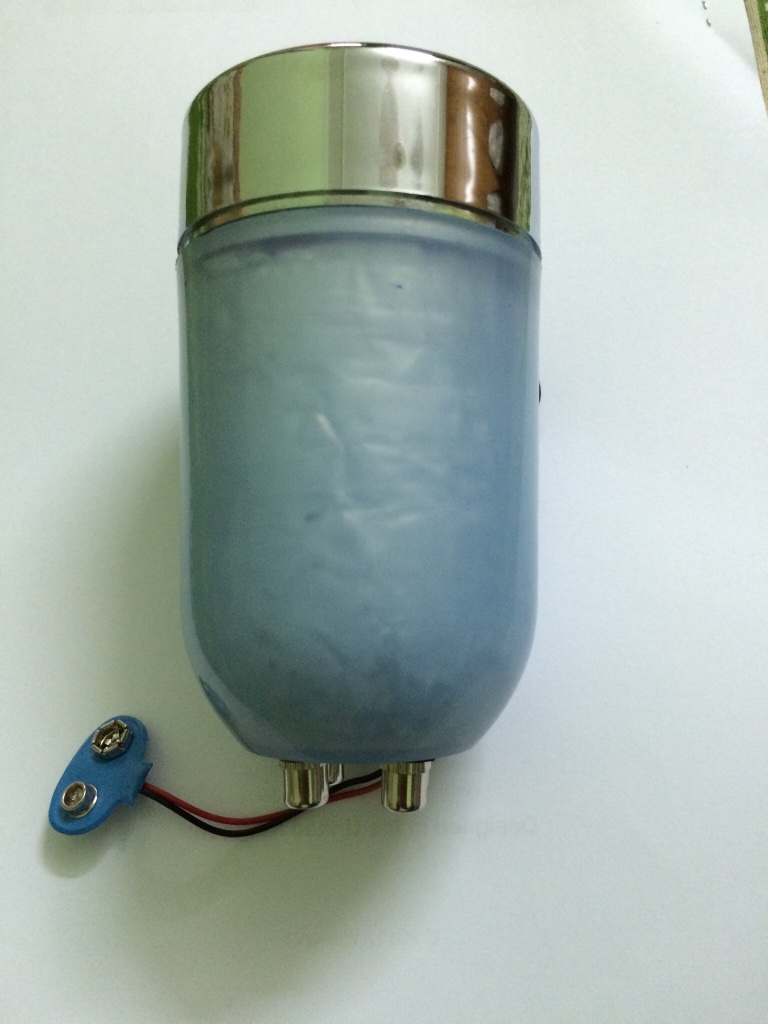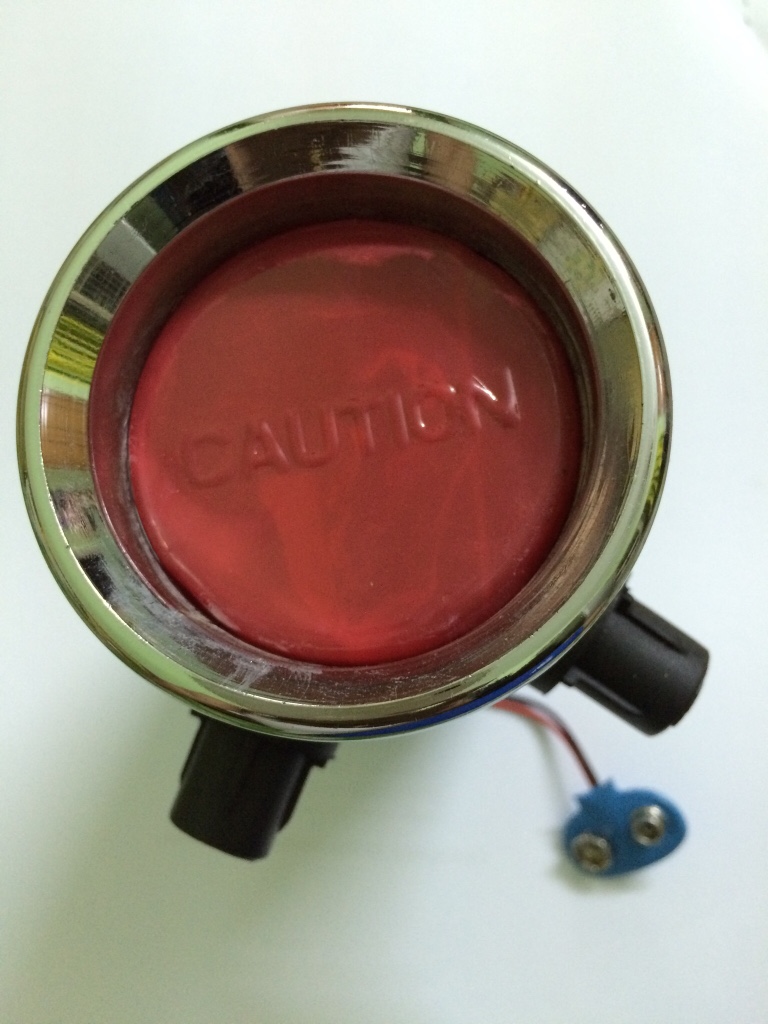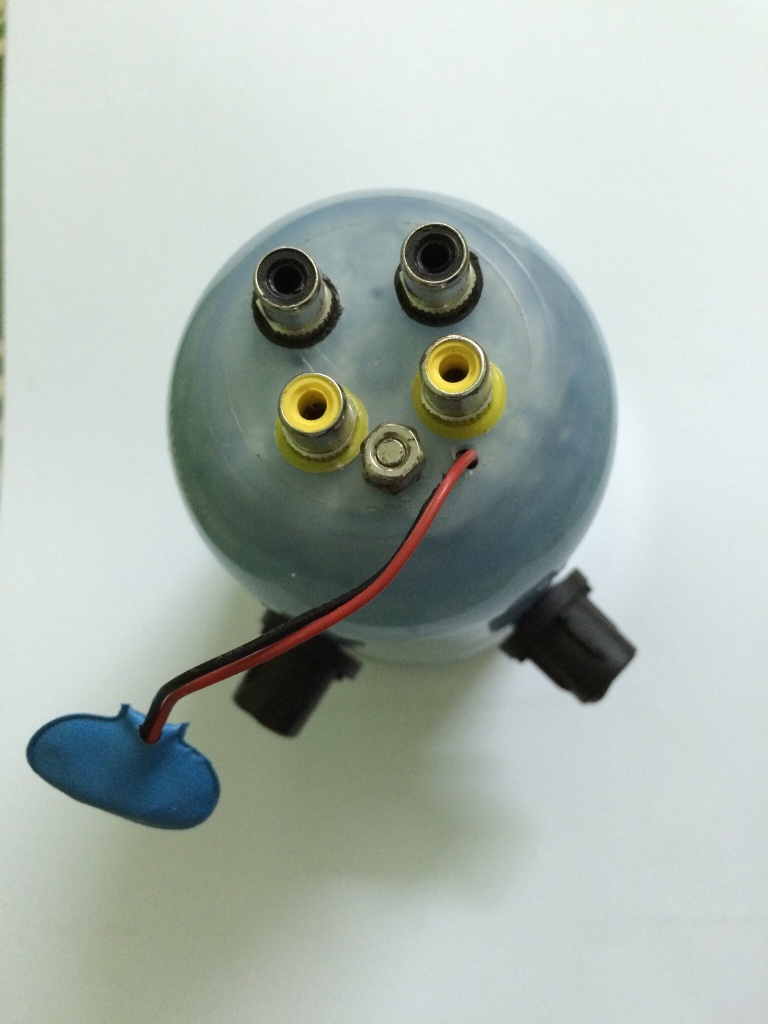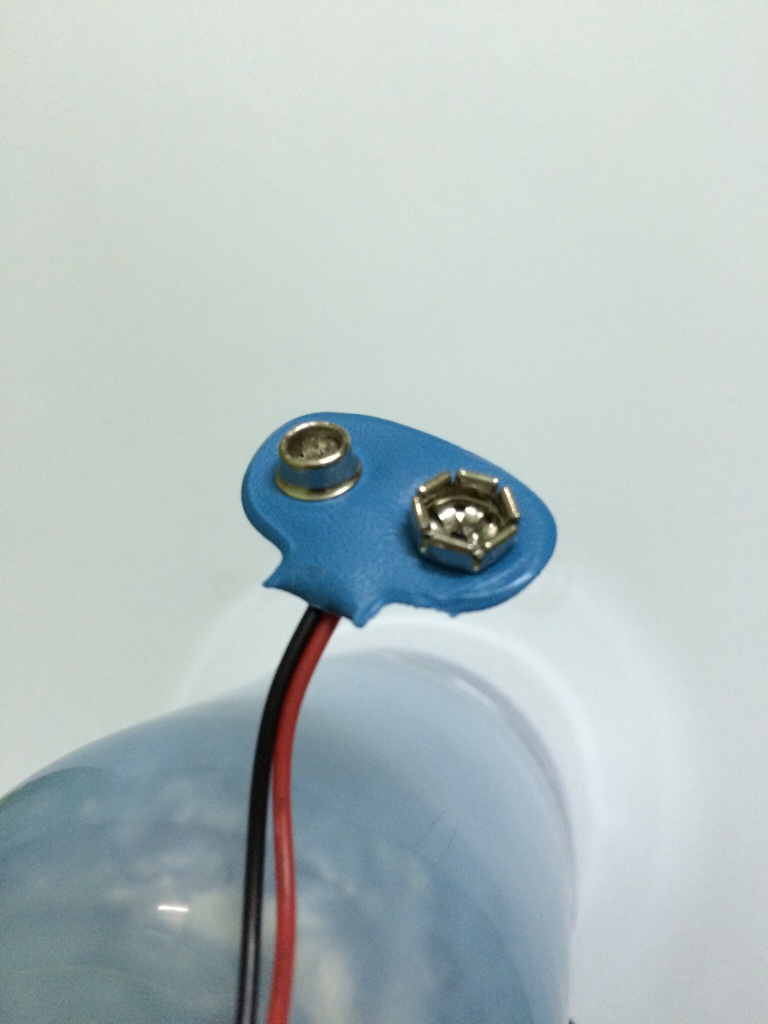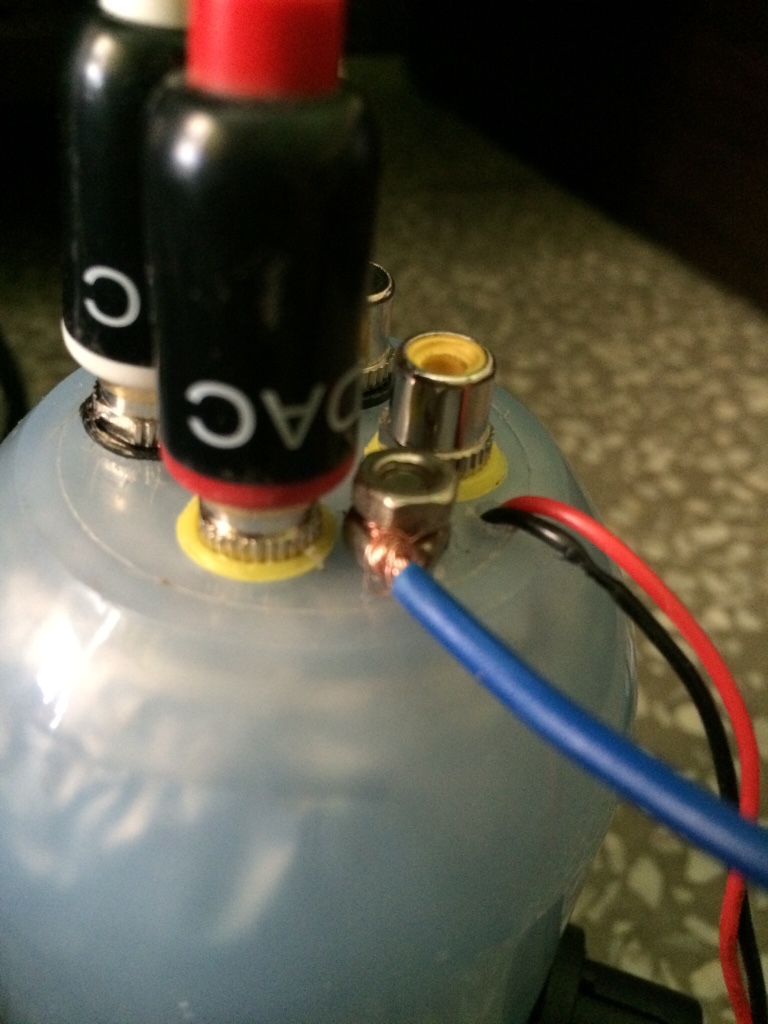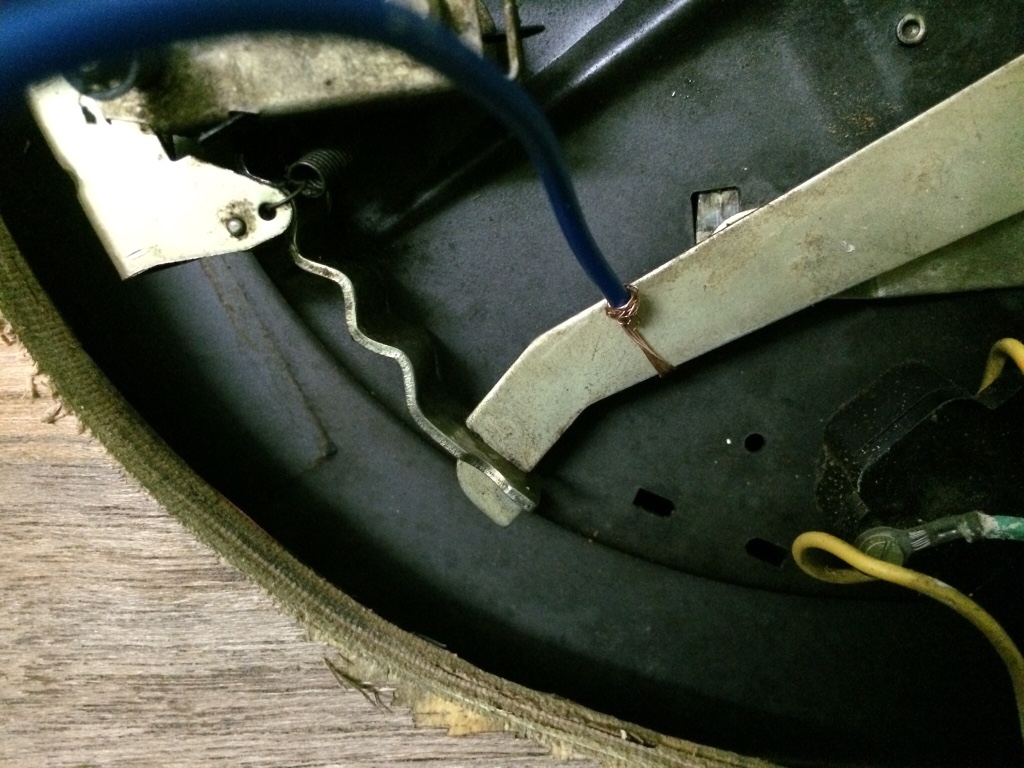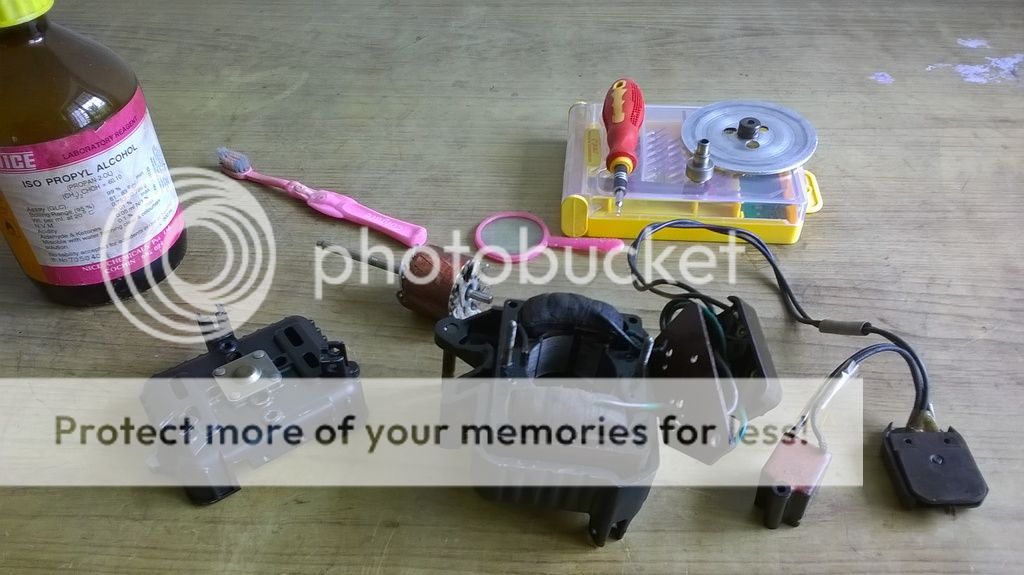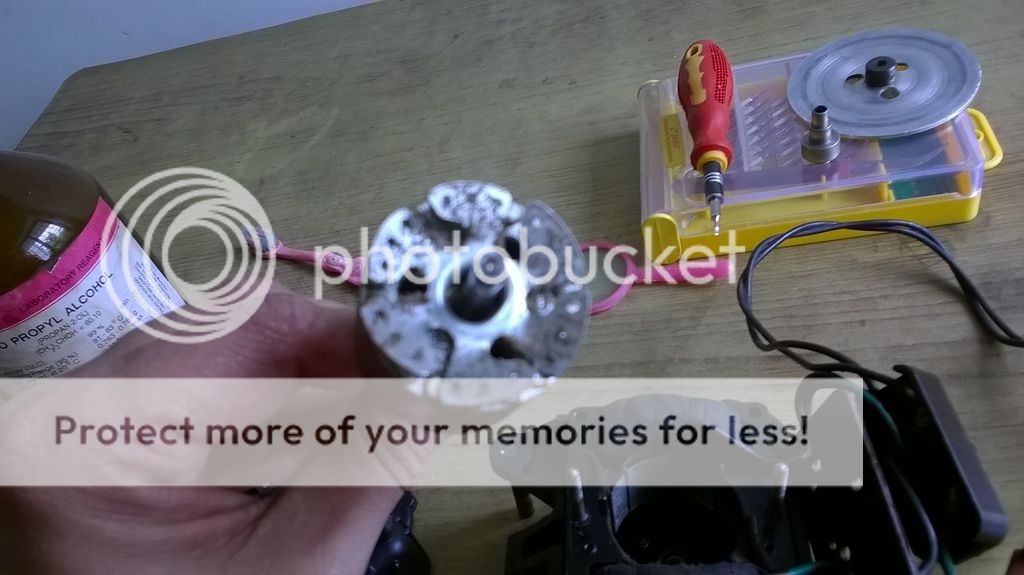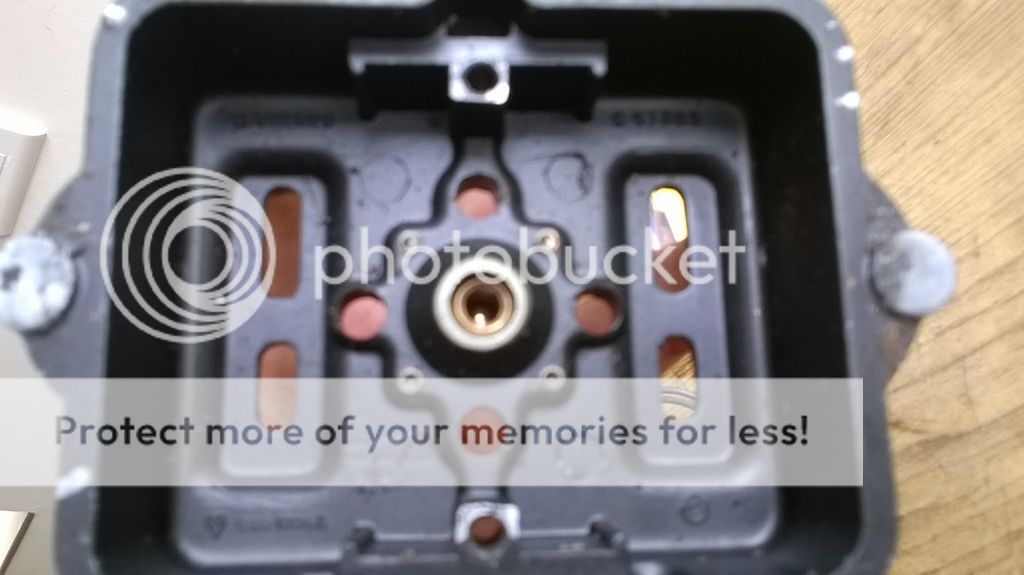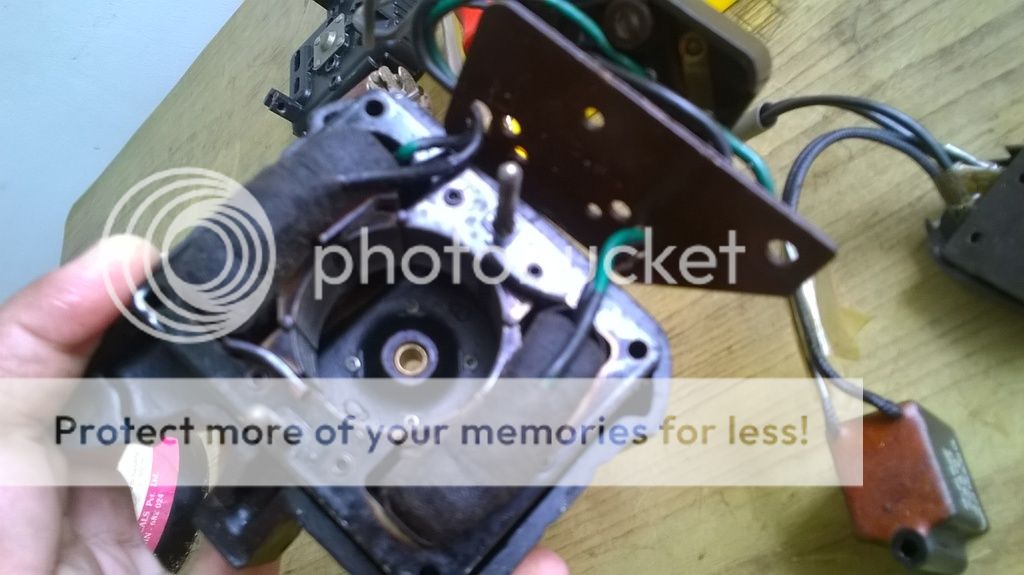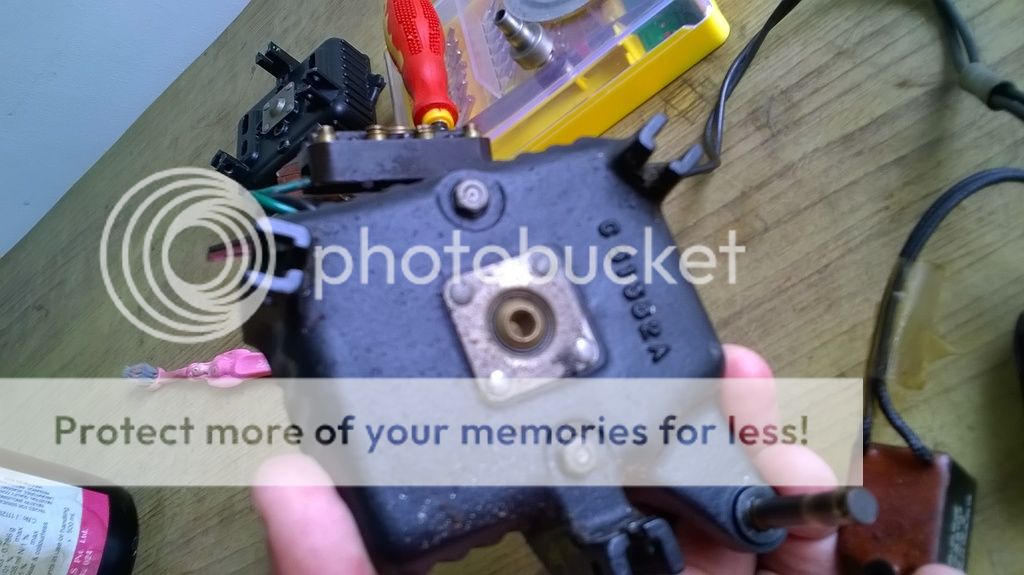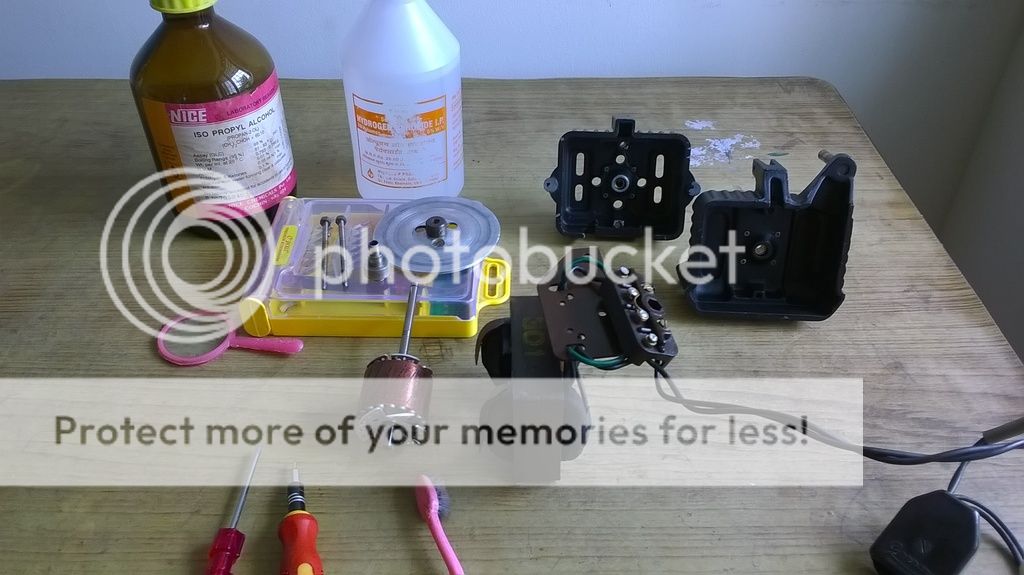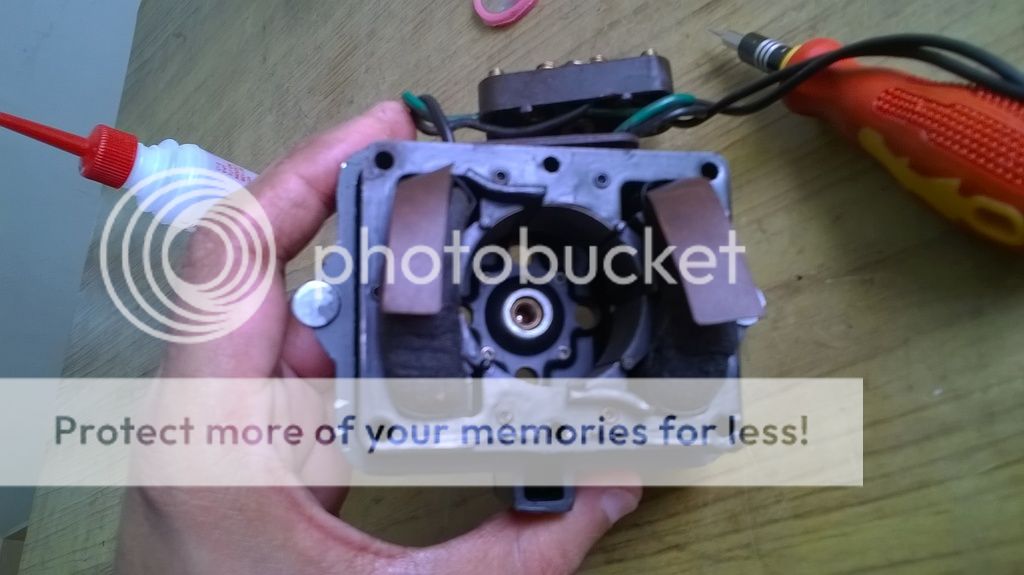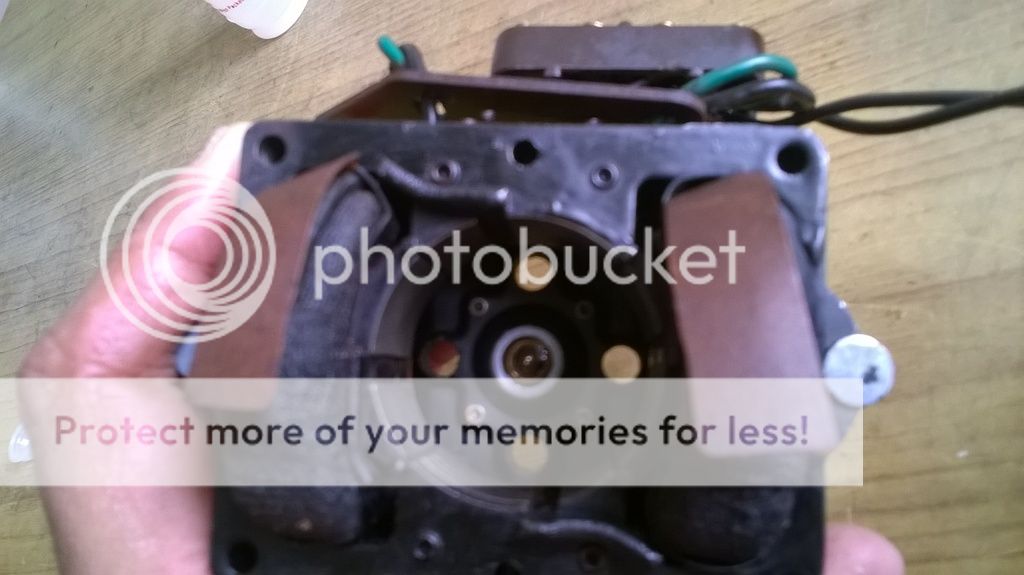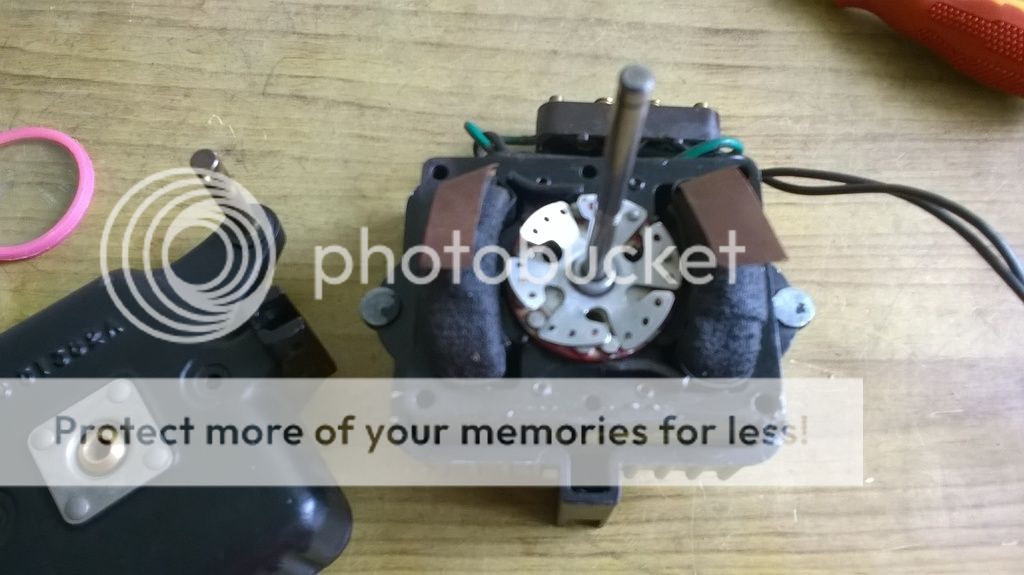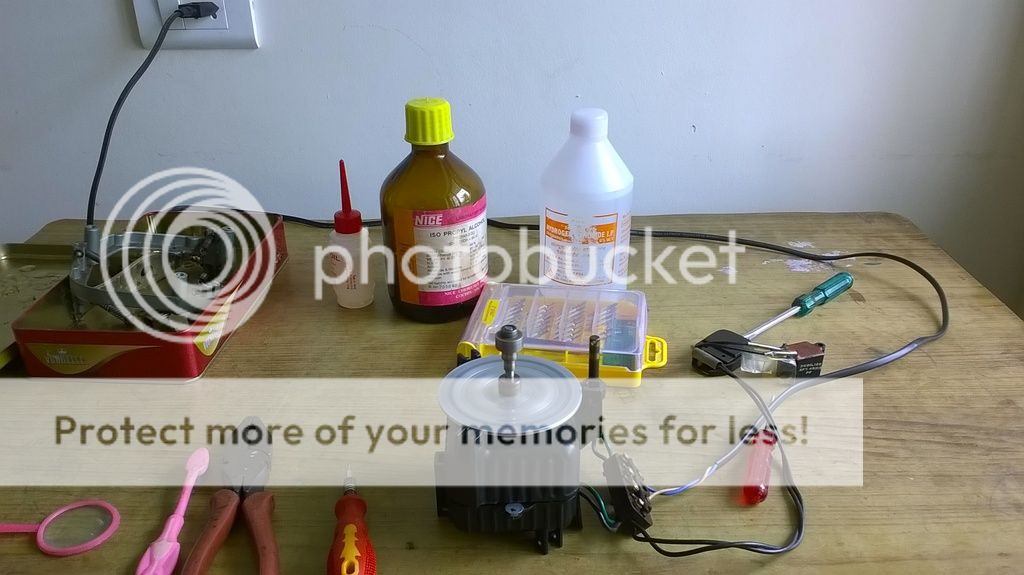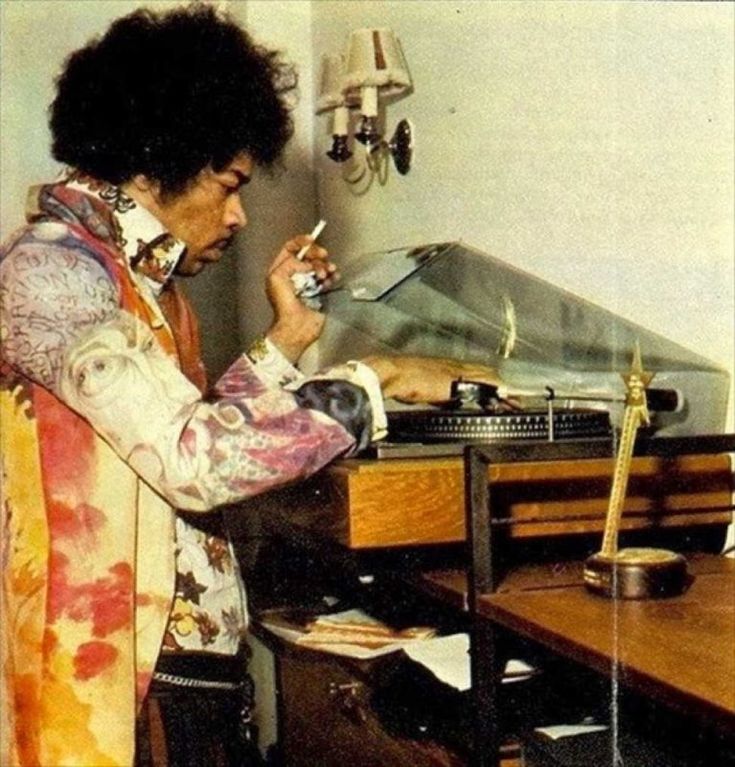The Tao of Ceramic Phonostage
Its been a while that I was thinking of sharing my experience with the ceramic phonostage built by my good friend and fellow FM Reubensm. Previously, I have posted pictures of my vintage AT60 record changer in the Garrard Owners Club. Let me also confess that I dont own a vintage amplifier with built in phonostage. Currently I own the NAD D3020 amplifier. As most of you know the D stands for the new age digital avatar of the legendary 3020. The NAD D3020 amp does not have a built-in phonostage. As a result connecting, playing and enjoying LPs and EPs in the absence of an inbuilt phonostage was impossible. I am not going to dwell on how and why low and extra low output signals from the turntables when connected to line-in /aux interconnects in an amp will produce lossy sounds (not music). I was tempted to acquire the vintage NAD 3020 to make sense of my LPs, but as those of you who have ventured on the mission of acquiring vintage equipments know that this is easier said than done. Good quality vintage equipments are hard to come by. While I havent abandoned the mission of looking for vintage amplifiers, I started to look for other alternatives of making sense of my LPs and EPs through the NAD D3020 and the Garrard AT60. Here I must bring in new information; my Garrard AT60 came with a ceramic cartridge. This only complicated the matter further. I started talking, discussing and sharing my predicaments with fellow FMs and audiophile friends outside the forum. I also started aggressively seeking information / guidance online. I received a lot of guidance from audiophiles, who I guess were only trying to help me out. The suggestions / guidance could be summarized as follows:
1. I was told that the ceramic cartridge is a piece of garbage and I must immediately replace it with a magnetic cartridge.
2. Once I have the magnetic cartridge in place I can buy off-the-shelf external phonostage/ preamplifier from Pro-Ject, NAD PP-2, Azur 651P etc
3. Some friends also suggested that CNC phonostage is way better than off-the-shelf external phonostage/ preamplifiers, so I must acquire a CNC phonostage online or build it myself or seek help from other experienced TT enthusiasts who have built CNC phonostage. Here the cost of CNC phonostage was a plus.
4. Finally a few friends sympathized with me and suggested that I must just dispose the Garrard AT60 and upgrade to a fully automatic direct-drive turntable from a brand like Technics etc
While I was grappling to come to terms with the above suggestions, help from FM Reubensm came as a blessing in disguise. I decided not to invest in any new, external device. I was open to experiment with the ceramic phonostage which was built by FM Reubensm and who willingly gave it away to me for free. Yes I am talking of ceramic phonostage especially built for TTs with ceramic cartridges. FM Reubensms brother re-soldered some wires in the inside of the cartridge. Except of this soldering of the green and red tiny wires in a professional manner, everything else remained the same. I connected the Garrard AT60 with the ceramic cartridge to the external ceramic phonostage and the ceramic phonostage to the Aux-in of the digital NAD D3020.
This ceramic phonostage turned out to be a miracle. Over the last three weeks I have randomly played from my modest collection of English/Hindi LPs and EPs of 33 , 45 and 78 RPMs. I am experiencing the sound of music. There is little or no information on the external ceramic phonostage but this little piece of marvel has done wonders to the sound, without changing the cartridge or the amplifier of the Garrard AT60.
I am attaching a few pictures here for the benefit of fellow FMs, I would be happy to send audio/video samples to those FMs who own a vintage TT with a ceramic cartridge lying in the garage !! and are willing to take the ceramic phonostage route
In conclusion, my purpose here is to share my limited experience of LP listening through ceramic cartridge and external ceramic phonostage. I must clarify that I have a listening bias towards analogue music, and I dont contest the digital experience of fellow FMs with magnetic cartridge and direct drive turntables.
Disclaimer: As I close this post, I confess that I am no expert on vintage TT/Amps etc, I am an audio enthusiast willing to learn and adapt, so that I enrich my music listening experience.
I can never thank FM Reubensm enough for being so generous and gracious; and for showing me the way to great listening experience through the ceramic phonostage.
Thank you FM Reubensm
Best regards
RPM
https://vimeo.com/135239537

